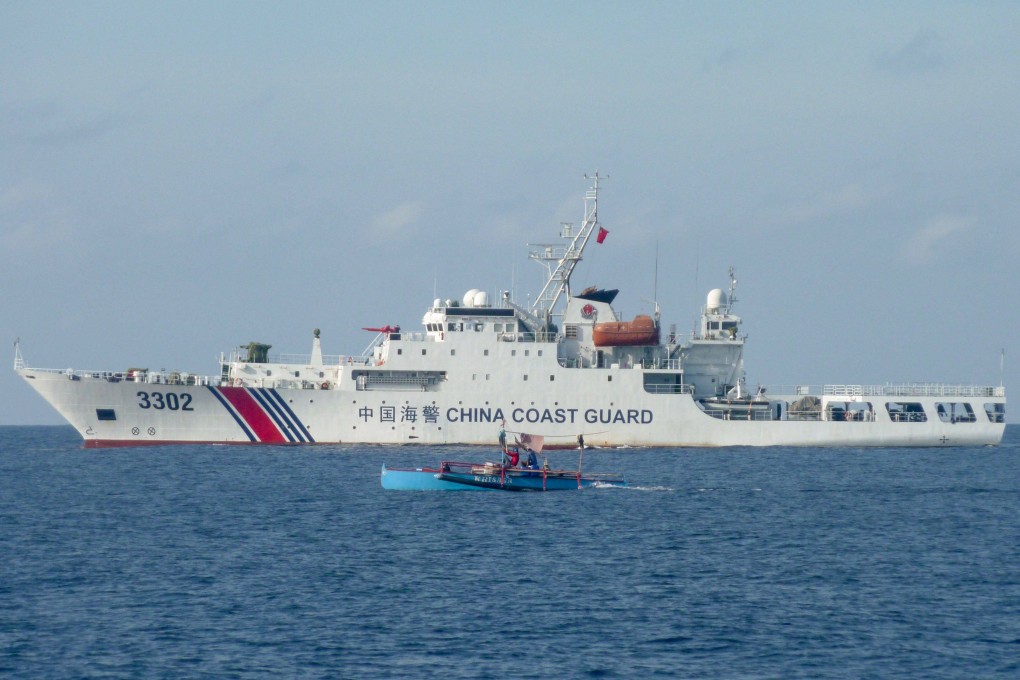Opinion | Are China’s ‘provocative’ actions in the South China Sea lawful? It’s complicated
- China should not allow its fishermen to enter the Philippine EEZ without permission, to harass or block Philippine fishermen from fishing there or to try to intimidate other claimants
- But in territories claimed by Beijing and Manila, both have a right to be there

Such alleged depredations have been amply repeated in the media without qualification. Although viewed as wholly provocative by rival claimants, some of China’s actions are reasonable and legal. Others are not. Policymakers, analysts and the media should distinguish between the two.
The Philippine pilot maintained he was within Philippine territory. But if he was flying over a high-tide feature or its territorial sea, both China and the Philippines have a legal basis for their actions, according to the UN Convention on the Law of the Sea (Unclos).
China claims sovereignty to all features in the South China Sea and views occupiers as violating its sovereignty. To support a sovereignty claim to a high-tide feature, a country must show continuous, effective occupation or control, and acquiescence by other claimants.
None, including China and the Philippines, can show this. Thus China’s claims are as valid as others’. Even the US, for all its meddling in the South China Sea, does not take a position on the sovereignty of the features.

